Autumn pruning guide: everything you need to know to prepare your trees and plants for winter
Autumn is a time of transition in the garden.
Plants are preparing to enter dormancy, deciduous trees are about to lose all their leaves.
And you know that during this time it is important to prune because that will help your plants to overcome winter.
Autumn is a time of transition in the garden.
Plants are preparing to enter dormancy, deciduous trees are about to lose all their leaves.
And you know that during this time it is important to prune because that will help your plants to overcome winter.
But what you may not be clear about is:
-
Which are the plants that you should prune in autumn.
-
How to perform this pruning correctly.
Worry not, because here we have prepared a very complete guide where we solve these doubts.
In addition, we also tell you which are the main tools that you can use to prune and which one is best for you in each case.
Ready?
Then let's go.
Why it is necessary to prune in autumn and how it helps our plants
Autumn pruning is a clean pruning.
You already know that the summer heat takes its toll on the garden and that at the end of this season it is very common to find many dead or diseased branches, leaves and dried flowers.
The problem is that these branches and leaves do not photosynthesize.
Which means that they do not contribute any energy to the plant ... but they do steal it.
Because as long as they are attached to the trunk or stem, the plant will continue to send a part of its sap to them. And that can mean that during the winter it does not have enough energy to resist the cold.
Hence, this pruning of cleaning is so important.
It usually takes place between October and November, depending on the area where you live.
The important thing is to always do it before the cold and frost arrive so that the plants have time to recover.
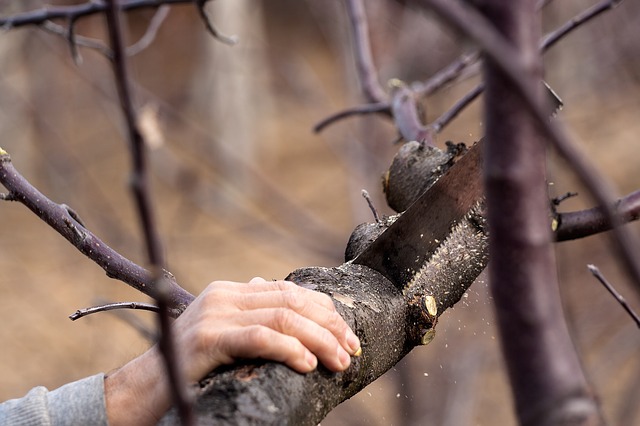
Benefits of autumn pruning
The most important benefit, as we said, is that your plants will have more strength to withstand the winter. But there are others:
-
More light: by trimming tree branches and hedges, we remove all obstacles that could block sunlight. And this is very important in these months when daylight hours are scarce.
-
Formative pruning in fruit trees: although in general autumn pruning should only be done with cleaning purpose, in the case of fruit trees we can take this opportunity to do a formative pruning.
At the same time that you prune, you can also trim the grass and thus avoid the appearance of moss and weeds, as we explain in this other post.
In this way, your entire garden would better resist the cold and will sprout twice as hard when spring returns.
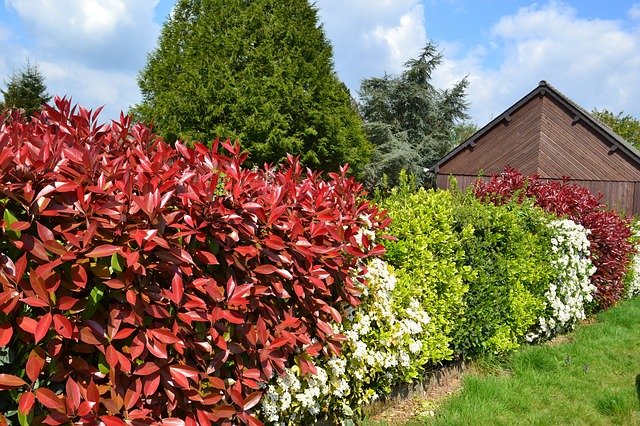
What plants should we prune in autumn?
We said that autumn pruning is generally recommended, but these are the plants that will benefit the most from it:
-
Deciduous hedges, trees and shrubs: so that those diseased and dead branches do not rob them of energy during the winter lethargy.
-
Fruit trees: as a formative prune, as we said, but also because fruit trees benefit from pruning as other plants.
-
Climbing plants: very important especially in those areas with snowfalls, because in this way we will prevent the snow from being trapped in the branches and damaging the plant.
-
Aromatic plants: especially those that bloom in summer, and that at this time will have several withered flowers and leaves that we must remove.
-
Annual plants: a light pruning and a little compost will help them get through the winter.
If you have any, this is also a good time to prune your bonsai.
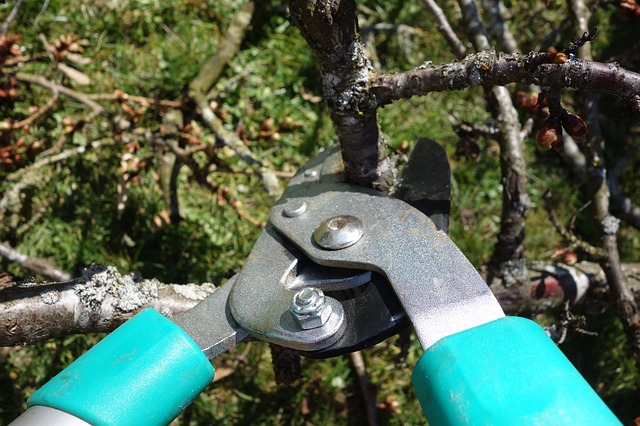
4 tips for autumn pruning
Be careful: pruning a branch does not mean simply cutting.
With pruning, we are inflicting wounds on the plant. Wounds that, especially being so close to the coldest months of the year, can be fatal if we are not careful.
These are the guidelines that you should keep in mind.
1. Cut at 45 degrees
The cut you make should be about 5 or 6 mm above a shoot, in order to allow the plant to continue to develop and gradually adopt the shape we want.
Regarding the inclination, the cut must always be 45º.
Why?
Very simple: an inclination that is too horizontal or vertical will expose the heart of the branch, which could cause water to accumulate in the cut and end up causing the appearance of fungi.
But do not worry about this because later we will see how to prevent problems in pruning.
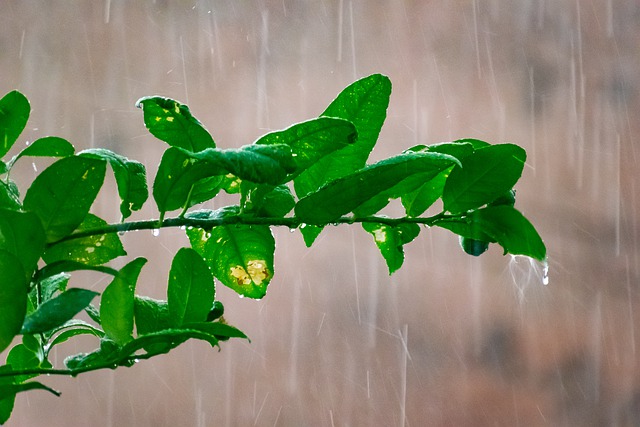
2. Avoid pruning when it rains
Just because of what we told you in the previous section.
The biggest risk of pruning your plants is that water seeps into the wound. So before you grab the scissors, take a look at the weather forecast.
Is it expected to rain the next day or in the next few days? Then better postpone the time of pruning a little.
Of course, remember not to leave it until the last moment, because once the temperatures drop and the frosts arrive, your plants will not have time to recover from pruning.
3. Before pruning, check your tools
A clean-cut in the plant will help it heal faster.
And for that, it is very important that your tools are in perfect condition. If they are dull (or even have traces of rust), this will force you to use more force to cut the branches and will cause the edges to be chipped.
In the event that your tools are worn, you can use a file or whetstone to sharp them.
4. Apply pruning sealer
This paste is a substance composed of vegetable resins and oils. When applied on a plant that we have just pruned, this pruning sealer completely covers the wound and seals it.
In this way, we avoid that water enters the plant and that the fungi colonize the cut.
If you need pruning sealer you can buy it here.
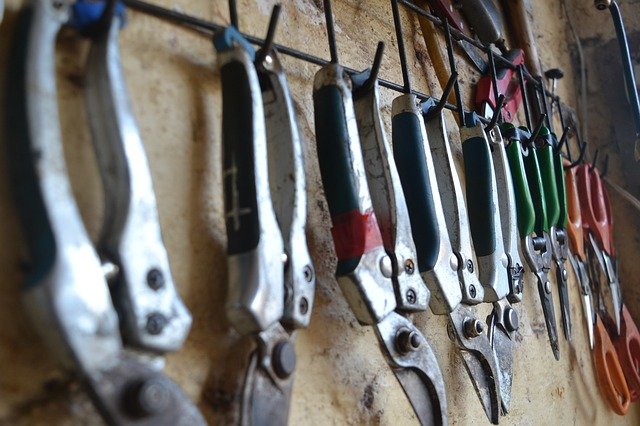
Basic tools for pruning
Finally, we are going to see some of the most common tools for pruning:
-
Pruning shears: They will be used for general cuts (small branches, dried flowers ...). You can use one-handed or two-handed scissors.
-
Telescopic pruning: also known as pole shears, they allow you to cut the highest tree branches without resorting to ladders.
-
Pruning lopper: For the thickest branches of trees and shrubs.
-
Hedge trimmers: The most comfortable option for shaping hedges.
Depending on the plants you have in your garden, one or the other will be better for you.
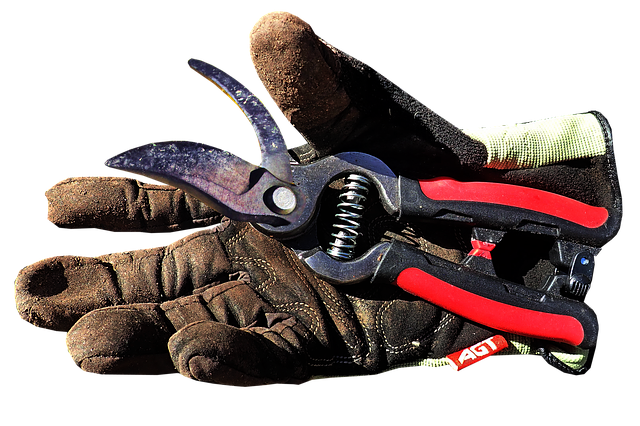
Ready to get down to business with your autumn pruning?
These that we have explained here are the basic steps to get your plants ready for winter.
Remember that the more you take care of them now, the healthier they will be and the more they will thank you when spring returns.
But what if ...?
-
You have never pruned your plants and are afraid of damaging them.
-
You have little time and cannot give it all the attention you would like.
Then we can give you a hand.
One of our services is precisely the cleaning of trees and gardens in general, so we can take care of leaving your garden immaculate.
If you need it, you just have to contact us, so we can give you all the information.
Taking care of your plants is our speciality.
In Same Category
- Anti-stress plants: soothe your mind and body naturally
- NATURAL CHRISTMAS TREE: DISCOVER ALL ITS BENEFITS
- Why does my dog eats plants: the most common causes + tips to avoid it
- [Names of garden tools] List of the 9 essentials to take care of your garden
- TROPICAL PLANTS, EVERYTHING YOU NEED TO KNOW

 English
English Spanish
Spanish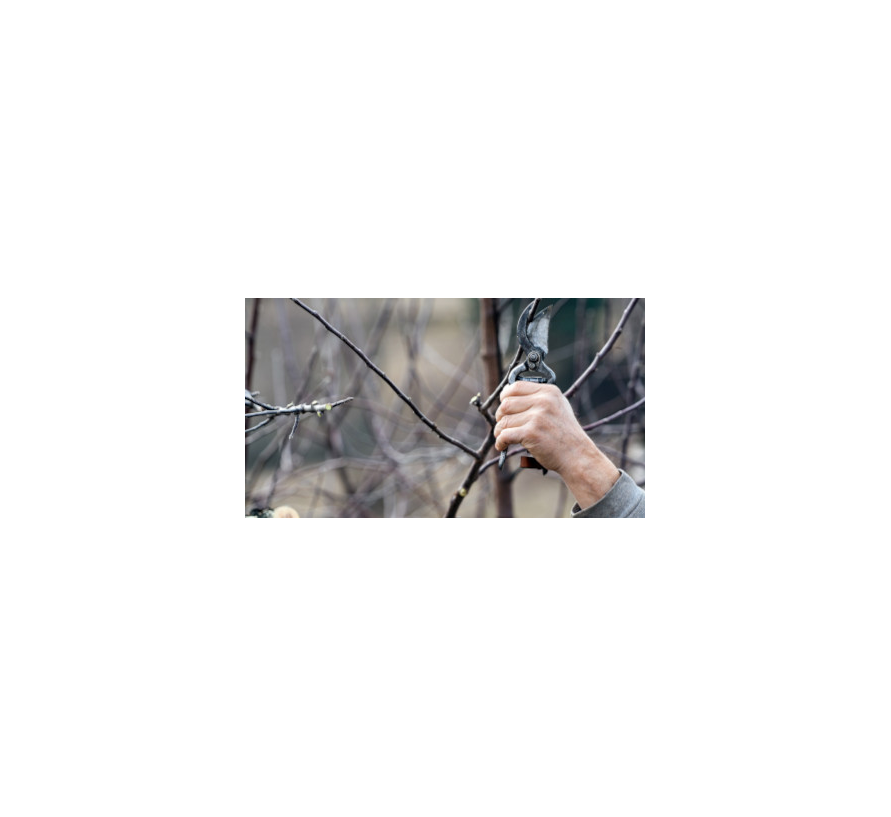
Comments
Leave your comment